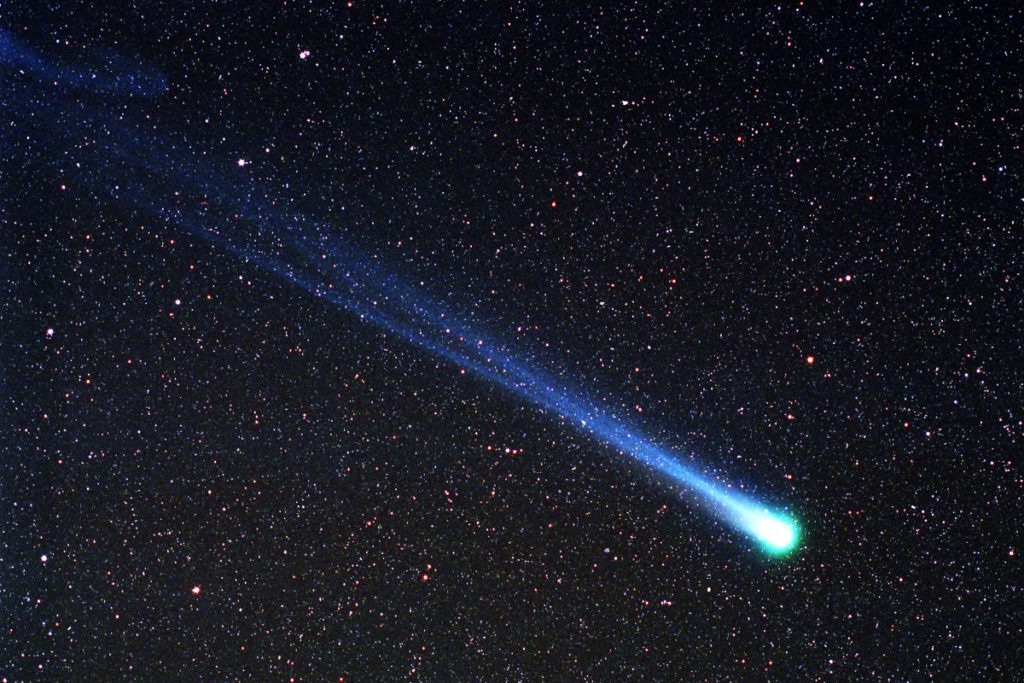
About sixty-six million years ago, a huge comet, and not an asteroid, that originated from the edge of the solar system collided with the Earth, causing a catastrophic impact wiping out 75% of life on Earth including the dinosaurs.
The study, conducted by two astronomers from Harvard was published in the journal Scientific Reports. They found that the comet developed in a region filled with ice debris on the edge of the solar system. They further said that the celestial object collided with Earth because of the planet Jupiter, and a similar event can take place once every 250 million to 750 million years.
Many scientists believe that the huge Chicxulub crater in Mexico was made by an impact that led to the extinction of dinosaurs. The duo’s research contradicts an older theory that claims that the celestial object was a fragment of an asteroid that originated from the main belt of our solar system.

Studying the composition of the Chicxulub crater gave further evidence that the impact was created by a comet. Carbonaceous chondrite is present in only about a tenth of all asteroids from the Main Belt (lying between Mars and Jupiter), whereas most comets have it.
From the edge of the solar system
Long-period comets originate from the Oort cloud. The Oort Cloud is believed to be a giant spherical shell around the solar system, made up of icy debris the size of a mountain and some, even larger. They take around 200 years to orbit around the sun. They are also known as sungrazers because of how close to the sun they pass.

Amir Siraj is the lead author of the paper. He says, “Jupiter is so important because it’s the most massive planet in our solar system.” He explained that Jupiter acts similar to a pinball machine, that “kicks these incoming long-period comets into orbits that bring them very close to the Sun.”
Comets are icier than asteroids since they originate from the deep freeze regions of the outer solar system. They produce a gas and dust trail while melting. According to Siraj, these comets experience massive tidal forces. They would shatter into thousands of fragments and each of these fragments would be large enough to recreate a dinosaur-killing impact on Earth.
The researchers developed a statistical model to show the probability of a similar event happening again on Earth, taking into consideration the age of Chicxulub and other known impactors. They found that Chicxulub-like impactors would occur once every few hundreds of millions of years.
Avi Loeb, co-author of the paper and a science professor said, “It must have been a beautiful sight to see this rock approaching 66 million years ago, that was larger than the length of Manhattan Island.” He added that ideally, we would like to predict the occurrences of such events and ways to deflect them if needed.
Loeb also expressed his excitement towards the prospects of the Vera Rubin Observatory in Chile opening in 2022. The telescope might be useful in observing tidal disruptions of long-period comets and make a forecast about future events.
Even though the researchers said that a similar event on Earth could take place once every few hundreds of millions of years, Loeb said, “it’s a statistical thing, you say, ‘on average, it’s every so often’ but you never know when the next one will come. The best way to find out is to search the sky.”
Further Reading:

